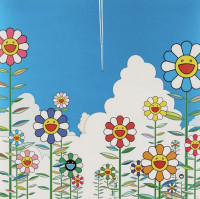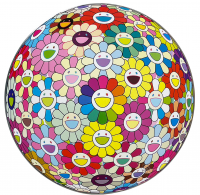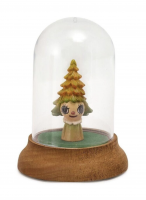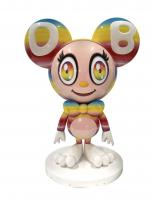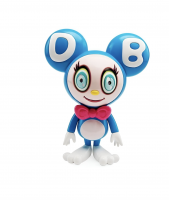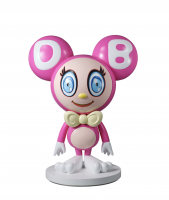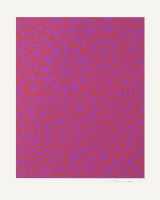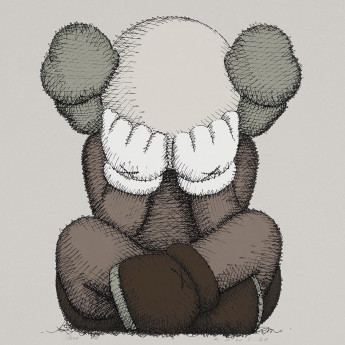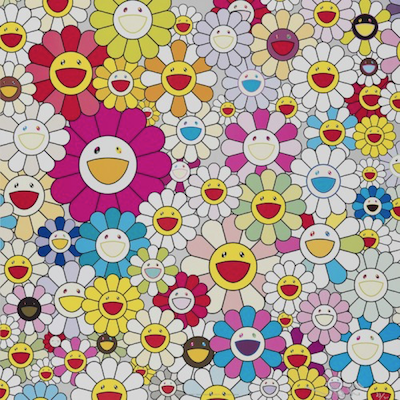
What is Superflat?
Superflat is an art movement founded by Takashi Murakami, heavily influenced by anime and manga. The term Superflat refers to the flattened forms found in Japanese animation, graphic art, fine arts, and pop culture, as well as the perceived superficiality of Japanese culture. Murakami's movement, which he self-proclaimed, is considered postmodern and critiques both the depth and shallowness of contemporary Japanese society. Superflat has been highly influential in bridging the gap between high art and popular culture.
Show All
- Show All
- Established
- Discoveries
Show All
ARTWORKS RELATED TO SUPERFLAT
Takashi Murakami
Charge into the Center of Consciousness, 2023
Limited Edition Print
Offset Print
EUR 5,400
Takashi Murakami
A Panda Cub Hugging a Ball of Flowers, 2020
Limited Edition Print
Silkscreen
USD 9,000

Cyanotype is a photographic technique that creates images in shades of blue, commonly known as blueprints. It involves coating a surface with a mixture of two chemicals, typically ferric ammonium citrate and potassium ferricyanide. When exposed to UV light and then washed in water, the process produces white images on a deep blue background.




